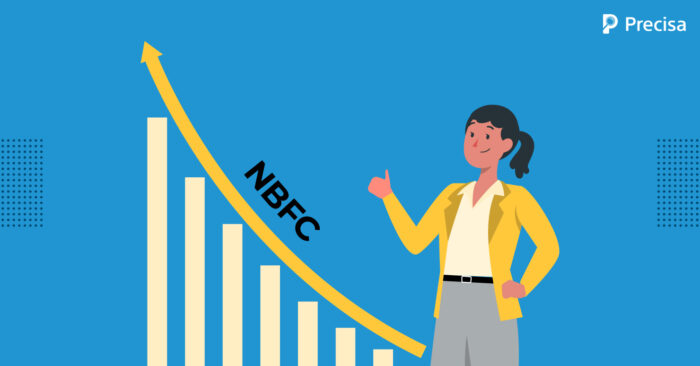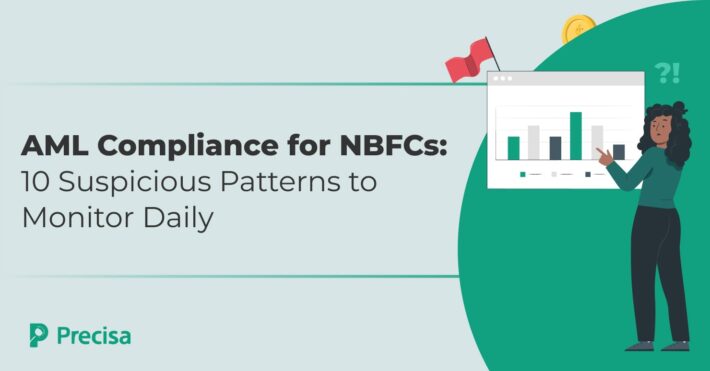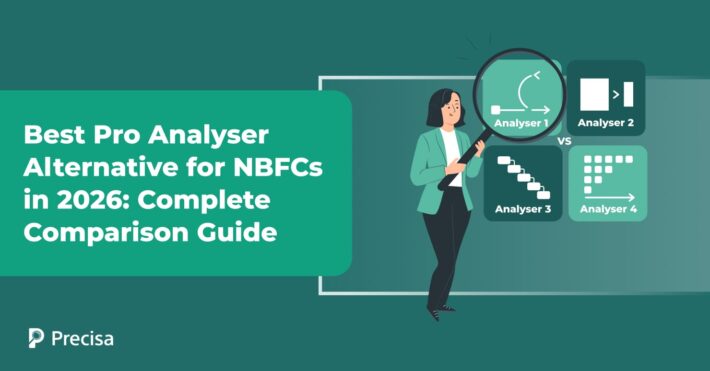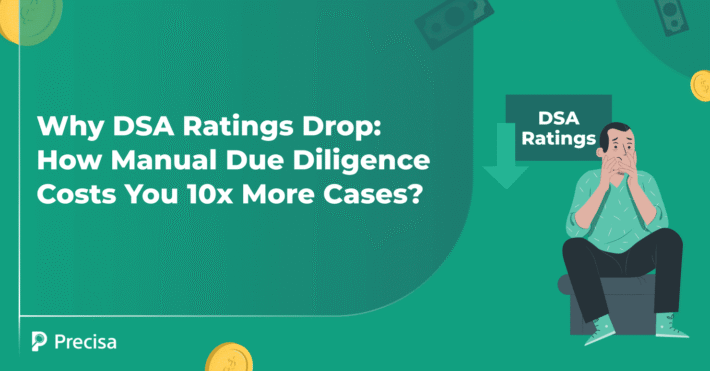Here’s Why NBFCs Are the Preferred Choice for Digital Lending
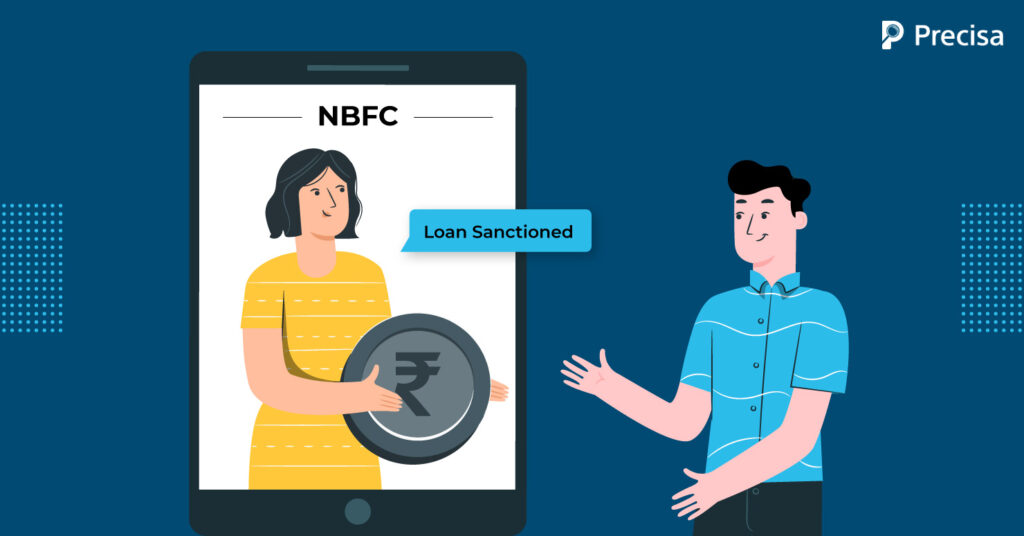
A report by the Reserve Bank of India (RBI) refers to the Non-Banking Financial Corporations (NBFC) as a “steady ship in choppy waters”. According to the report, the NBFC sector’s consolidated balance sheet exhibited double-digit growth in the quarter ending in December 2021.
Credit disbursement also grew at a steady rate. In 2020, 60% of the total number of loans by digital lending apps were delivered by NBFCs.
NBFCs came into existence under the Companies Act of 1956.
Today, 9680 NBFCs are registered with the RBI, forming the backbone of the financial services industry. Though NBFCs offer services similar to those provided by banks, they do not possess a banking license hence, do not qualify as traditional banks.
So, what gives NBFCs an edge over other financial institutions engaged in digital lending? This blog explores why NBFCs are becoming the preferred digital lending option for millions of Indian consumers.
8 Reasons That Give NBFCs an Edge
Several factors have enabled NBFCs to capture the digital lending market share successfully.
1. Extensive Reach
NBFCs were traditionally set up to offer critical financial services for consumers of the unorganised, rural, and underserved segments of society. Their services range from microfinance and home loans to investments and chit funds.
Over a period of time, NBFCs have made significant inroads into the remotest areas of the country. Hence, NBFCs have a clear advantage in terms of reach compared to banks, which are still largely inaccessible to large segments of society. They also score well on reach compared to neobanks and fintech platforms, which are still struggling to acquire customers.
2. Flexible Eligibility Criteria
NBFCs have developed an in-depth understanding of the challenges faced by consumers in underserved segments. One such challenge is that many consumers still need a credit score. They may also not possess critical documents, which banks require. Hence, NBFCs tend to have a lenient eligibility criterion, which works in their favour, in digital lending.
On the other hand, banks have a much more stringent eligibility criterion. This factor has excluded millions of people from the organised banking ecosystem.
3. Quick Disbursal of Loans
The turnaround time for NBFCs to disburse loans is relatively quick after completing the application. However, due to their existing guidelines, traditional banks take much longer to review applications.
However, consumers need fast-paced resolution, whether it comes to taking a home loan or a business loan. Hence, NBFCs have emerged as a preferred choice for fast loan disbursal.
4. Offering Competitive Interest Rates
In 2018, RBI announced the “co-origination of loans” by banks and NBFCs. These guidelines empowered NBFCs to partner with banks and jointly facilitate credit.
This co-lending model has worked to the advantage of NBFCs, as it allows them to get access to the interest rates offered by banks. These are the lowest in the country.
Consumers are always looking for low-interest rates on credit products, which has made NBFCs a popular option.
5. High Liquidity
NBFCs raise funds by partnering with various financial institutions, from asset management companies to foreign financial institutions and banks. This allows for staying afloat in case of a rise in non-performing assets. Hence, they have developed a financial cushion via these partnerships.
2022 heralds another development in favour of NBFCs. These institutions have played a significant role in the financial services sector and have driven massive impact through their services. Therefore, the Confederation of Indian Industry (CII) has proposed measures to increase liquidity for Non-Banking Financial Companies (NBFCs) to boost demand in India’s economy.
6. Leveraging the Power of Digital Lending
Another win-win partnership for NBFCs is with neobanks and fintech, backed by sophisticated tech infrastructure.
Fintechs often struggle with reaching and acquiring new customers, as they are relatively new and still building consumer trust. However, through their partnerships with NBFCs, they gain access to consumers, while NBFCs can deliver services through a tech-enabled platform that simplifies the entire process. It is also important to note that many NBFCs have invested in building technology and evolving into fintech.
7. The Growth of the MSME Sector
India has seen significant growth in micro, small and medium-sized enterprises. It is estimated that there are 633.9 lakh MSMEs in India currently. NBFCs are traditionally known to service this sector, which has often been excluded from the centralised banking system.
An exciting development is that MSMEs are rapidly prioritising digital payments over cash. In the financial year 2021-2022, 72% of payments were done through the digital mode, as opposed to just 28% of cash transactions. As more MSMEs adopt digital lending, this shift is expected to further the sector’s growth.
8. Pre-approved Loan Limits
In the case of business loans, many NBFCs offer loans with a pre-approved loan limit. This enables business owners to withdraw funds based on their actual needs, as and when required. Hence, they only need to pay interest on the funds used. This product, on the one hand, enables them to access funds whenever required. At the same time, it allows them to keep EMI values low.
The Takeaway
NBFCs are expected to play a significant role in helping India to reach its goal of becoming a 5 trillion dollar economy by 2024-2025. Enabling credit for a large section of unorganised and unbanked consumers will fuel the growth of the MSME, real estate and education sectors, and micro-finance ecosystems.
As NBFCs aim to expedite the disbursal of loans via channels like digital lending, they will also need to bring more efficiency and acceleration to the process.
Automating bank statement reviews will help NBFCs scale their operations. It will also trigger financial services access to millions of Indian consumers.
This is why leveraging financial statement analysis software can optimise processes further. It can help them reduce manual interventions and bring accuracy to their daily operations.
Presica’s user-friendly bank statement analyser aims to simplify the analysis process by automating the process and delivering results in a matter of minutes. The software provides actionable insights on an easy-to-use dashboard, helping businesses make informed lending decisions.
Request a free demo today!

